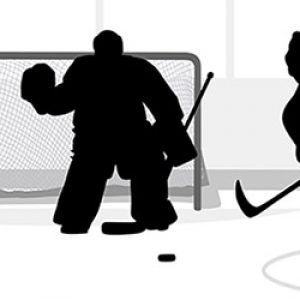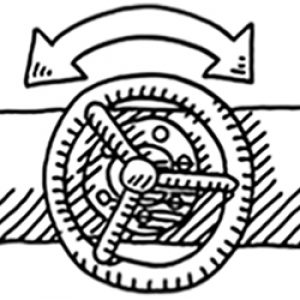
While customer-driven dialogue should be the goal of every sales meeting, make no mistake: there are key “moments of presentation” during these conversations that can determine your success or failure. The best sales people know when they need to shift gears and jump into presentation mode, and they do it well because it's a skill they've practiced.




